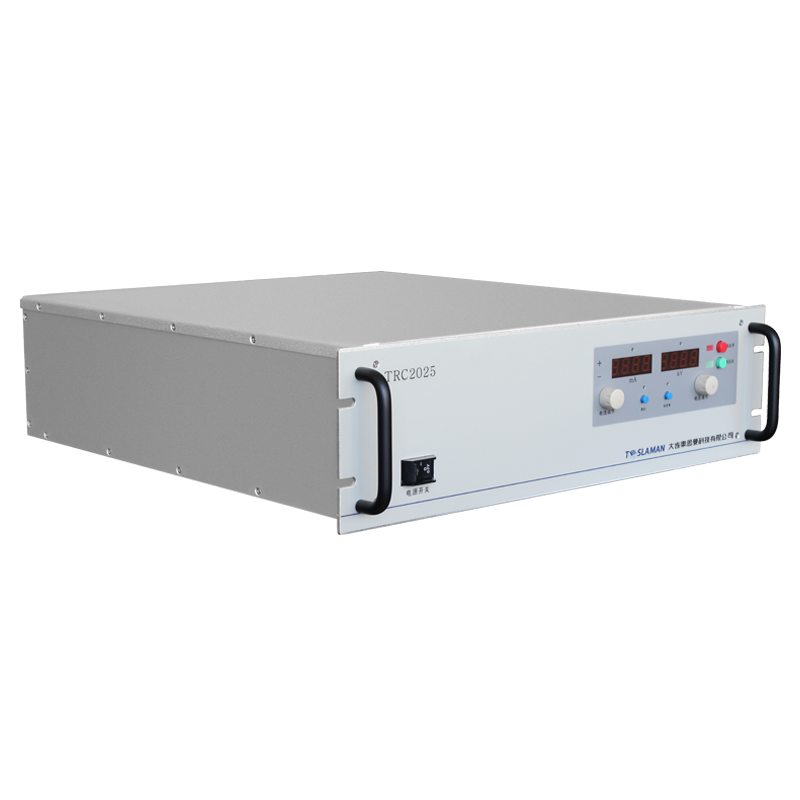Core Advantages of Ultra-High Voltage Generators
In modern industrial and scientific research fields, ultra-high voltage generators, with their unique ability to generate voltages ranging from tens of kilovolts to megavolts, have become key devices driving technological progress. Compared with ordinary high-voltage power supplies, ultra-high voltage generators possess significant advantages in voltage output capacity, stability, control accuracy, and application adaptability, bringing innovation to multiple fields such as materials science, medical equipment, and electrical testing.
The primary advantage of ultra-high voltage generators lies in their powerful voltage output capacity. Through specially designed transformers, rectifier circuits, and insulation structures, they can break through the voltage limitations of conventional power supplies and generate extremely high-amplitude DC or pulsed voltages. This high-voltage output capability is crucial for insulation testing in power systems. It can simulate electrical environments under extreme conditions, detect the withstand performance of electrical equipment under ultra-high voltages, identify potential insulation defects in advance, and ensure the safe and stable operation of the power grid. In scientific research devices such as particle accelerators, the strong electric field provided by ultra-high voltage generators can accelerate charged particles to near-light speeds, assisting scientists in conducting high-energy physics experiments and exploring the mysteries of the microscopic world.
Stability is another core advantage of ultra-high voltage generators. They adopt advanced closed-loop feedback control systems, combined with high-precision voltage sampling and real-time monitoring technologies, which can effectively suppress the impact of factors such as power grid fluctuations and load changes on the output voltage. Even in complex electromagnetic environments, ultra-high voltage generators can keep the voltage ripple at an extremely low level, ensuring the stability of the output voltage and providing reliable guarantees for application scenarios with stringent requirements for voltage stability. For example, in the electrospinning process, stable ultra-high voltage output can ensure the uniform formation of nanofibers, improving the preparation quality and consistency of materials.
Control accuracy is also a prominent feature of ultra-high voltage generators. With the help of digital signal processing technology and intelligent control algorithms, ultra-high voltage generators can achieve precise regulation and control of the output voltage. They can not only set different voltage values according to requirements but also achieve smooth voltage rise and fall and precise modulation of waveforms. In high-voltage pulsed electric field therapy for medical equipment, ultra-high voltage generators need to precisely control the amplitude, frequency, and pulse width of pulsed voltages to ensure therapeutic effects while minimizing damage to normal human tissues. This high-precision control capability provides strong support for the realization of advanced medical technologies.
In addition, ultra-high voltage generators also have significant advantages in structural design and safety. They adopt optimized insulation materials and compact structural designs, effectively reducing the size and weight of the equipment while ensuring high-voltage insulation performance, and enhancing the portability and installation flexibility of the equipment. At the same time, the setting of multiple safety protection mechanisms, such as overvoltage protection, overcurrent protection, and leakage protection, can quickly cut off the power supply in case of equipment abnormalities, ensuring the safety of operators and equipment and reducing usage risks.
With core advantages such as powerful voltage output capacity, excellent stability, high-precision control, and reliable safety, ultra-high voltage generators have become indispensable key equipment in many fields. With continuous technological innovation and development, their performance will be further improved, and their application scope will continue to expand, providing strong impetus for technological breakthroughs and development in more industries.




















